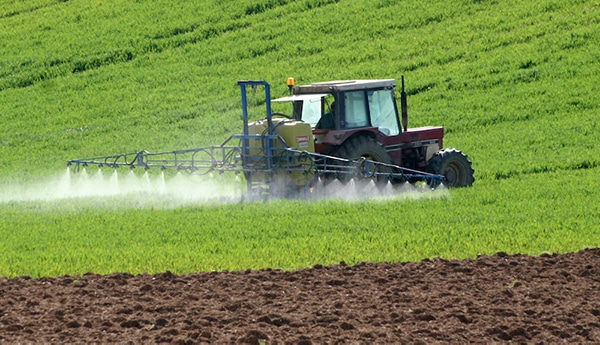The period of March to June is an exciting time with renewed hopes as many farmers get their crops seeded and underway. But it also is a dangerous time on the farm.
“People would be surprised how often we respond to electricity outages that occur during seeding activity on
farms,” said Paul Roberts, Corporate Affairs Manager for SA Power Networks.
“We record about 20 on-farm incidents a year where equipment contacts power lines or Stobie Poles. Seeding seems to be the most significant time for incidents, any of which could prove fatal.
“My guess is that many farmers are understandably keen to get the crops in once they receive some good rain. In the rush they can potentially put themselves at risk.”
“Before getting out on the seeder it is worth stopping for a second and asking yourself ‘what could go wrong here’? Confirming the location of power lines before you start work, could save a life.”
Paul said a new issue that had emerged in recent years was the use of GPS for guiding ever-larger farm machinery.
“Seeders are getting wider and that needs to be factored in when navigating around electricity infrastructure.”
A range of power lines cross South Australian farms. Single Wire Earth Return, or SWER lines, which carry 19,000 volts and constitute about 30% of the SA electricity distribution network, are common.

These SWER lines are difficult to see as they are thin, single lines strung tightly between poles that are often hundreds of metres apart.
To avoid the potential for electrocution or electric shock, there are a number of practical things you can do to minimise the risks when working around power lines.
Some practical safety steps
- Make it a habit to always check for power lines whenever you move or use farm machinery like seeders, grain augers and harvesters, or when moving long or tall loads such as irrigation pipes.
- Access to sheds, haystacks and silos should be located away from overhead power line connections to minimise the risk of injury.
- Make sure you identify the location of powerlines to any new worker in their initial on-farm safety induction and provide regular reminders for everyone who lives or works on your farm.
- If you are using GPS-guided equipment, make sure the location of electricity infrastructure on your property is accurately programmed into the system.
- Water is a conductor of electricity so be careful when using water irrigation or water jets near powerlines.
- If you’re crop dusting, make sure you (or your contractor) identify where the power lines are located before commencing the job.
Article kindly provided by SA Power Networks.







